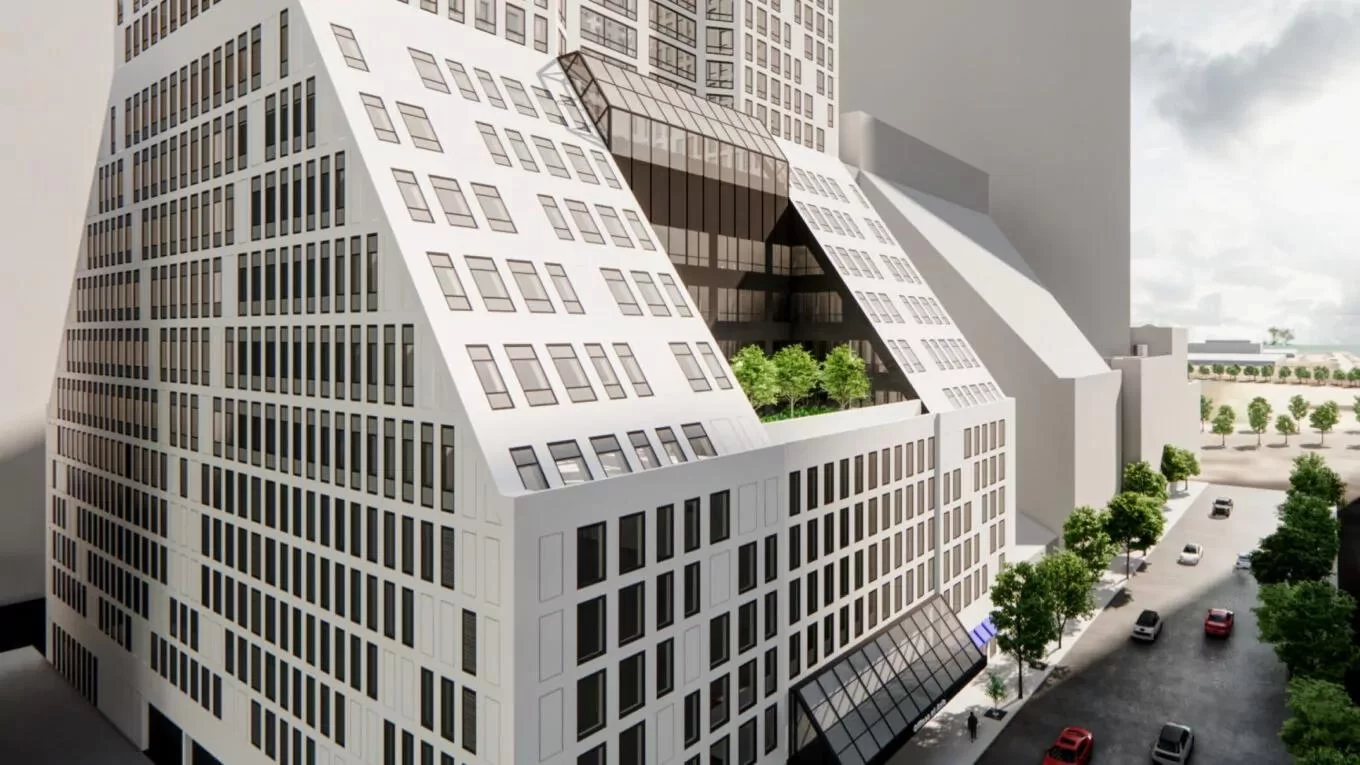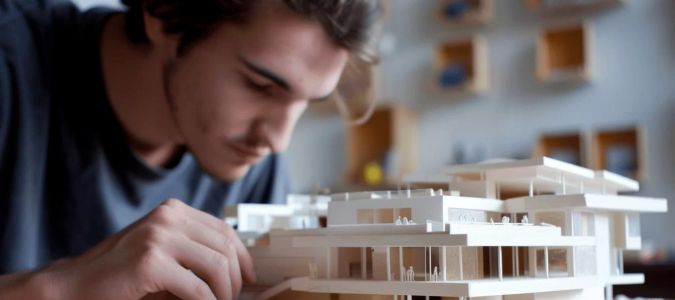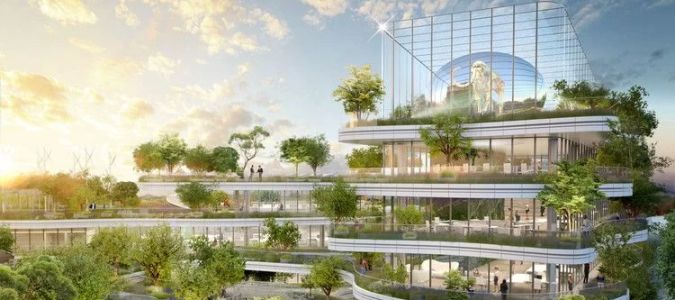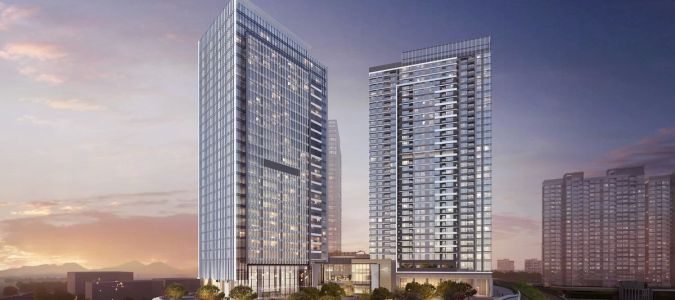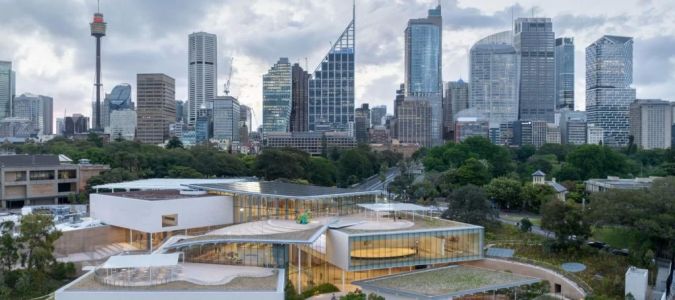Why Architects Are Essential in the Process of Urban Regeneration
- 1. The Role of Architects in Urban Regeneration
- 2. Bringing Creativity and Innovation to Urban Regeneration
- 3. Architects and Community Engagement in Regeneration Projects
- 4. The Role of Sustainability in Urban Regeneration
- 5. Successful Urban Regeneration Projects Led by Architects
1. The Role of Architects in Urban Regeneration
Urban regeneration is a process aimed at revitalizing areas of cities that are experiencing decline, often involving the redesign of public spaces, housing, and infrastructure. Architects are at the heart of this transformation, bringing together expertise in design, urban planning, and community engagement to create vibrant and sustainable cities.
One of the key roles of architects in urban regeneration is to develop comprehensive plans that blend new constructions with the existing urban fabric. This involves understanding the history, culture, and needs of the community while incorporating modern facilities, green spaces, and energy-efficient solutions. Their work ensures that the regeneration process is both functional and aesthetically pleasing.
2. Bringing Creativity and Innovation to Urban Regeneration
Architects play a crucial role in bringing creativity and innovation to urban regeneration. They are responsible for designing spaces that are not only functional but also inspiring, making sure that new developments improve the quality of life for residents and attract investment. By incorporating elements like public art, unique architecture, and sustainable materials, architects can revitalize a district, making it a desirable place to live, work, and visit.
For example, architects working on the regeneration of former industrial areas often need to think creatively about how to repurpose existing buildings and spaces. Many of the most successful urban regeneration projects have involved transforming old factories or warehouses into mixed-use developments that offer residential units, office spaces, and retail areas while preserving the historic character of the buildings.
3. Architects and Community Engagement in Regeneration Projects
Community engagement is an essential aspect of urban regeneration, and architects are key in facilitating this process. They often work closely with local residents, businesses, and stakeholders to ensure that the regeneration reflects the needs and aspirations of the community. This can involve hosting public consultations, conducting surveys, and collaborating with urban planners and other experts.
Through this collaborative process, architects ensure that regeneration projects address real needs, such as affordable housing, access to green spaces, and improved public services. For instance, architects involved in community-based regeneration projects often design public spaces that encourage social interaction, foster a sense of pride, and promote inclusivity. This helps to ensure that the benefits of urban regeneration are shared equitably among all members of the community.
4. The Role of Sustainability in Urban Regeneration
Sustainability is one of the most important aspects of urban regeneration, and architects are at the forefront of designing environmentally responsible, energy-efficient spaces. In today’s world, urban regeneration must consider climate change, resource depletion, and the need for green spaces within urban environments. Architects bring a deep understanding of sustainable design principles and technologies, incorporating energy-efficient building materials, green roofs, and renewable energy systems into their projects.
For example, the regeneration of London's King's Cross area involved a focus on sustainability, with architects incorporating sustainable urban drainage systems, green roofs, and low-energy buildings. This not only improved the environmental performance of the area but also contributed to the long-term resilience of the district in the face of climate change.
5. Successful Urban Regeneration Projects Led by Architects
There are countless examples of urban regeneration projects around the world where architects have been instrumental in the success of the redevelopment. One notable example is the regeneration of the Meatpacking District in New York City. Once a run-down industrial area, it has been transformed into a thriving cultural hub, thanks in large part to the vision of architects who incorporated adaptive reuse of old buildings, new public spaces, and art installations.
Another example is the redevelopment of the Olympic Park in London, which was originally created for the 2012 Summer Olympics. Architects were involved in designing the park’s infrastructure and buildings, ensuring that the site would be sustainable, accessible, and a long-term asset to the city after the games. The park is now home to various sports facilities, residential areas, and green spaces that attract both residents and tourists.
These examples demonstrate the power of architecture in urban regeneration. Architects are not just designers of buildings but visionaries who shape the future of cities, ensuring that new developments are both sustainable and reflective of the community’s needs.
If you're interested in exploring more about the impact of architects on urban regeneration, consider visiting 10 Jay Street for further insight into the future of urban design and regeneration projects.



